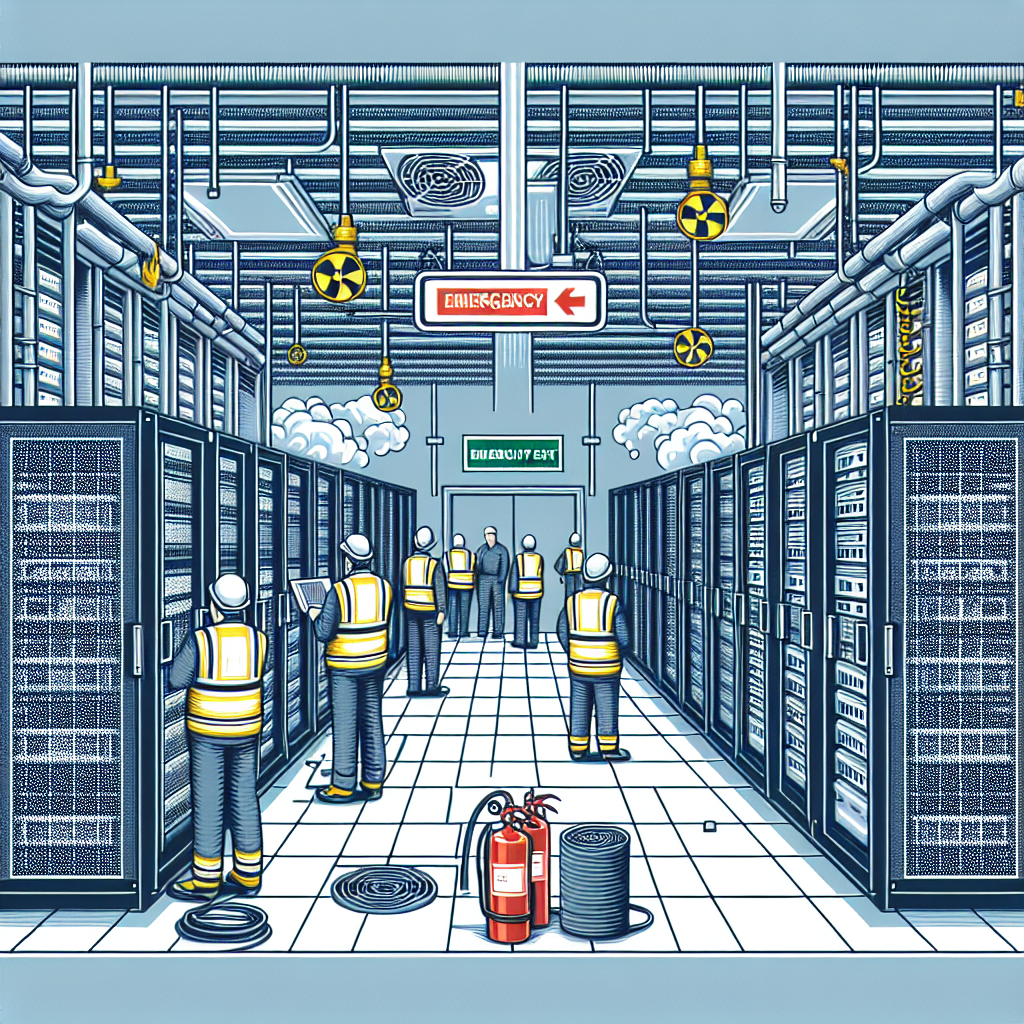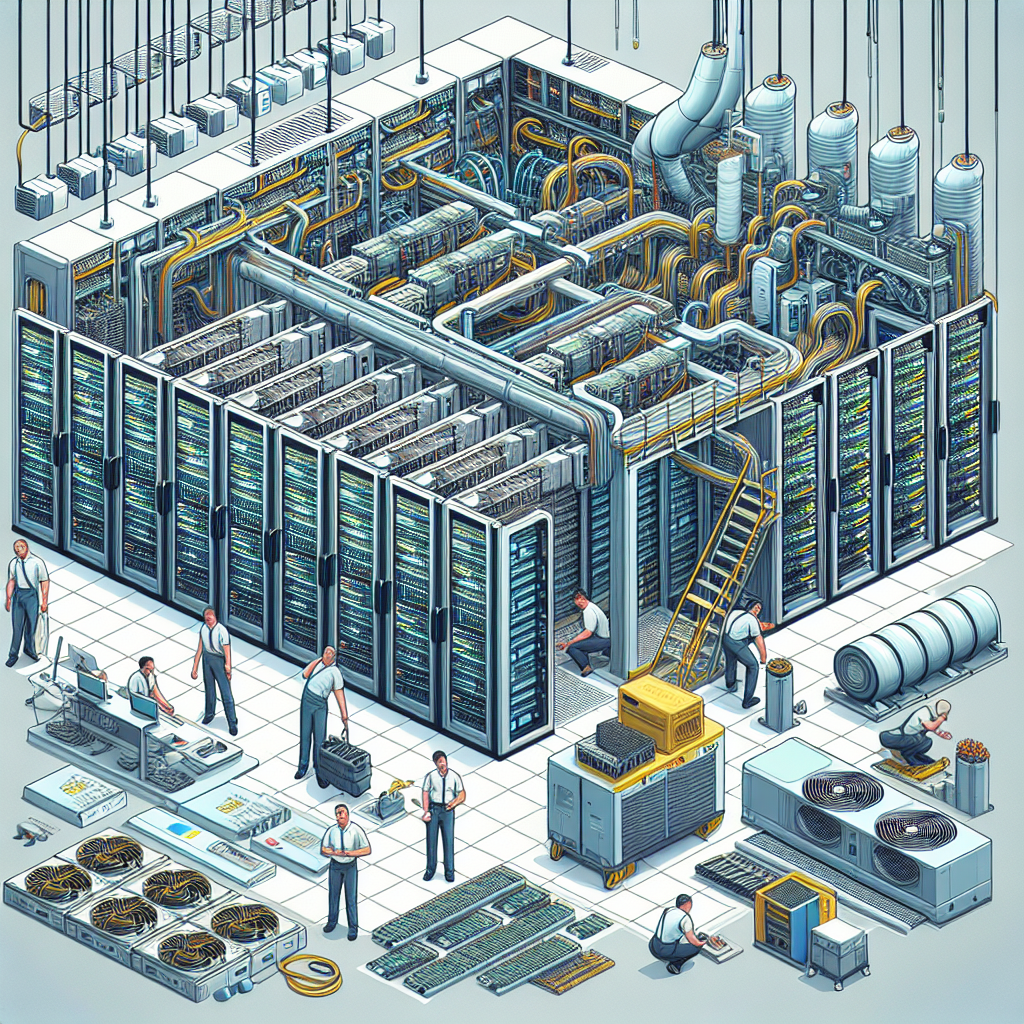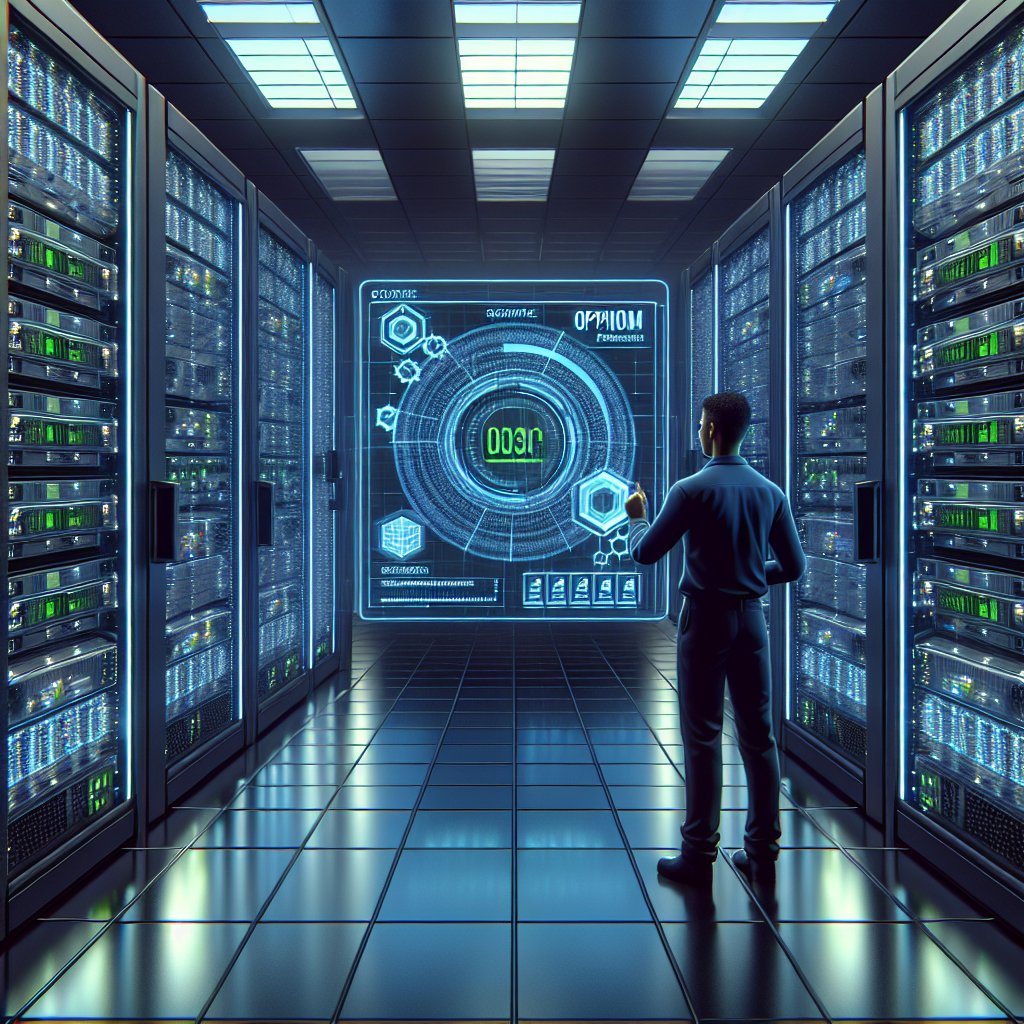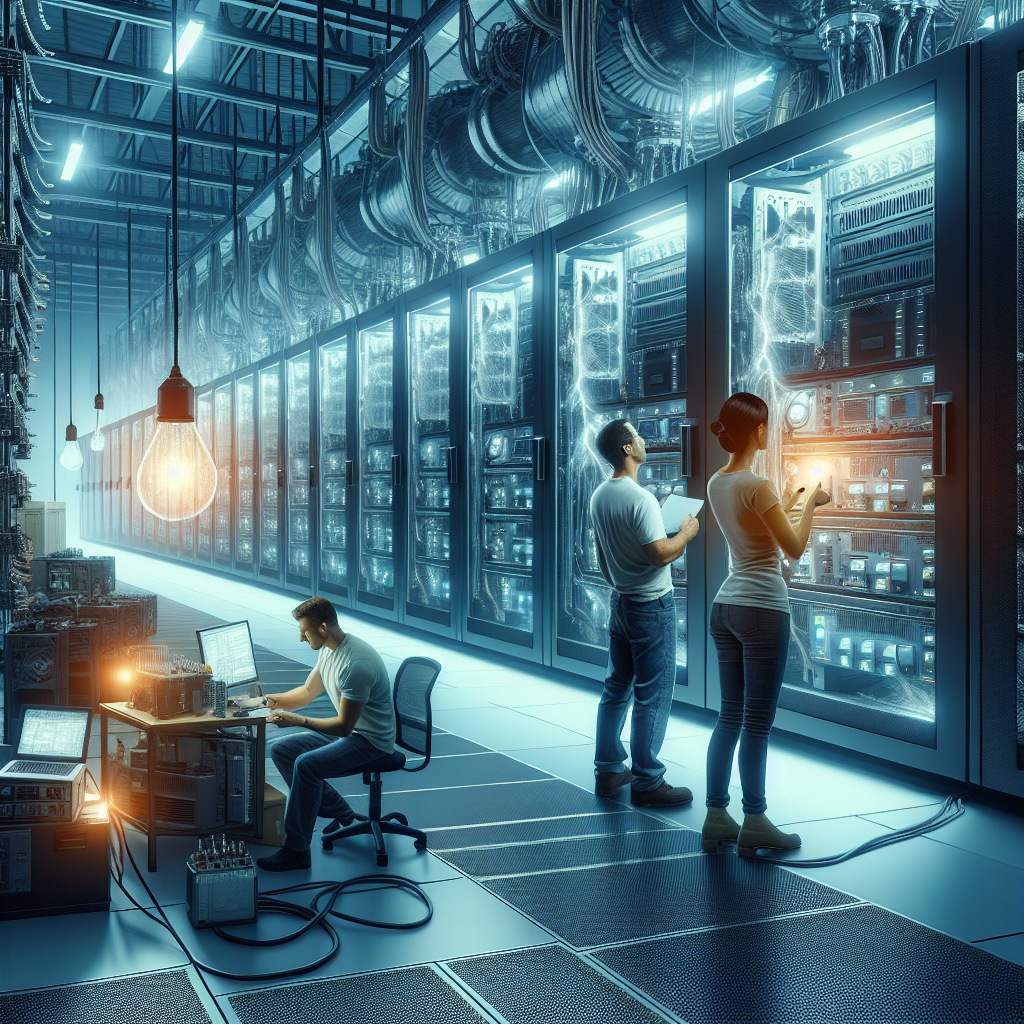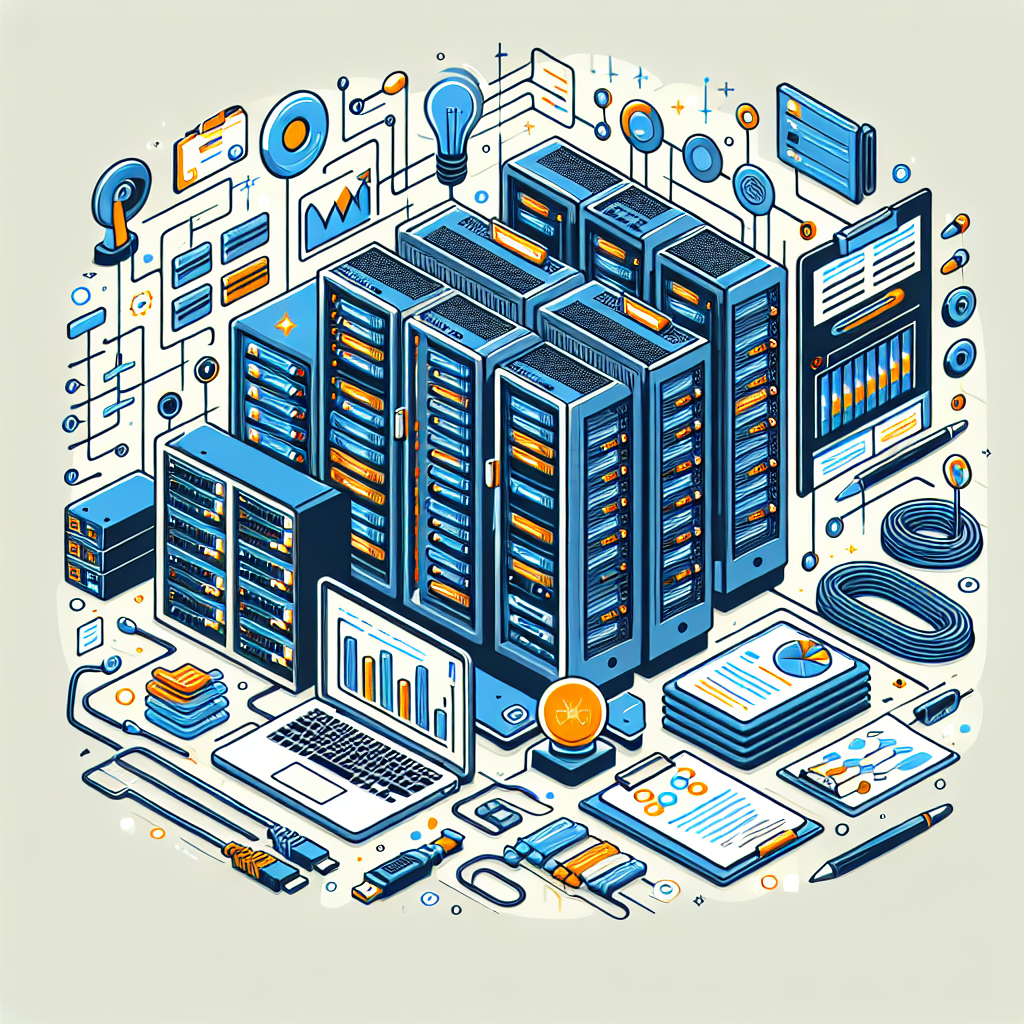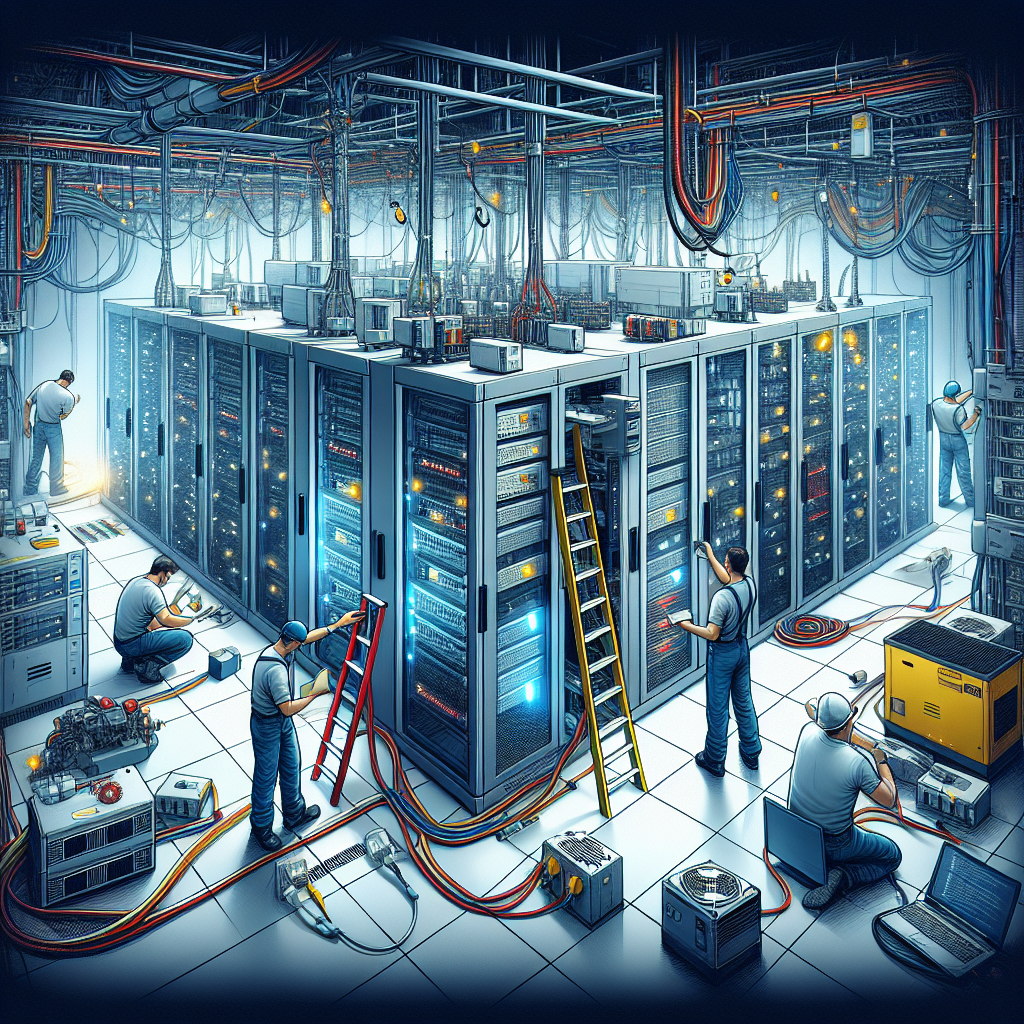Data centers are the backbone of modern businesses, storing and processing critical information that is essential for operations. However, these facilities are also vulnerable to natural disasters and emergencies that can disrupt their operations and cause downtime. Maintaining data center uptime during such events is crucial to ensure business continuity and minimize the impact on operations.
One of the key factors in maintaining data center uptime during natural disasters and emergencies is having a solid disaster recovery plan in place. This plan should outline the steps to be taken in the event of a disaster, including backup procedures, data recovery processes, and communication protocols. Regular testing and updating of the disaster recovery plan is essential to ensure that it remains effective and relevant.
Another important aspect of maintaining data center uptime during natural disasters and emergencies is ensuring that the facility is equipped with the necessary infrastructure to withstand such events. This includes backup power systems, such as generators and uninterruptible power supplies (UPS), to keep the data center running in the event of a power outage. Redundant cooling systems and fire suppression systems are also essential to prevent overheating and fires that can damage equipment and disrupt operations.
In addition to infrastructure, staff training is critical in maintaining data center uptime during natural disasters and emergencies. Employees should be trained on emergency procedures, such as evacuation protocols and how to respond to power outages or equipment failures. Regular drills and simulations can help ensure that staff are prepared to handle emergencies effectively and minimize downtime.
Monitoring and remote management tools can also play a crucial role in maintaining data center uptime during natural disasters and emergencies. These tools allow data center operators to remotely monitor the facility’s performance and respond quickly to any issues that may arise. Real-time alerts and notifications can help identify potential problems before they escalate and take proactive measures to prevent downtime.
Finally, having a reliable and experienced team of IT professionals on hand is essential in maintaining data center uptime during natural disasters and emergencies. These professionals should be well-versed in disaster recovery procedures and have the skills and expertise to troubleshoot and resolve any issues that may arise. Regular training and professional development can help ensure that the team is up-to-date on the latest technologies and best practices for data center operations.
In conclusion, maintaining data center uptime during natural disasters and emergencies requires a combination of comprehensive disaster recovery planning, robust infrastructure, staff training, monitoring tools, and a skilled team of IT professionals. By taking proactive measures and being prepared for any eventuality, businesses can ensure that their data center operations remain uninterrupted and continue to support their critical business functions.

